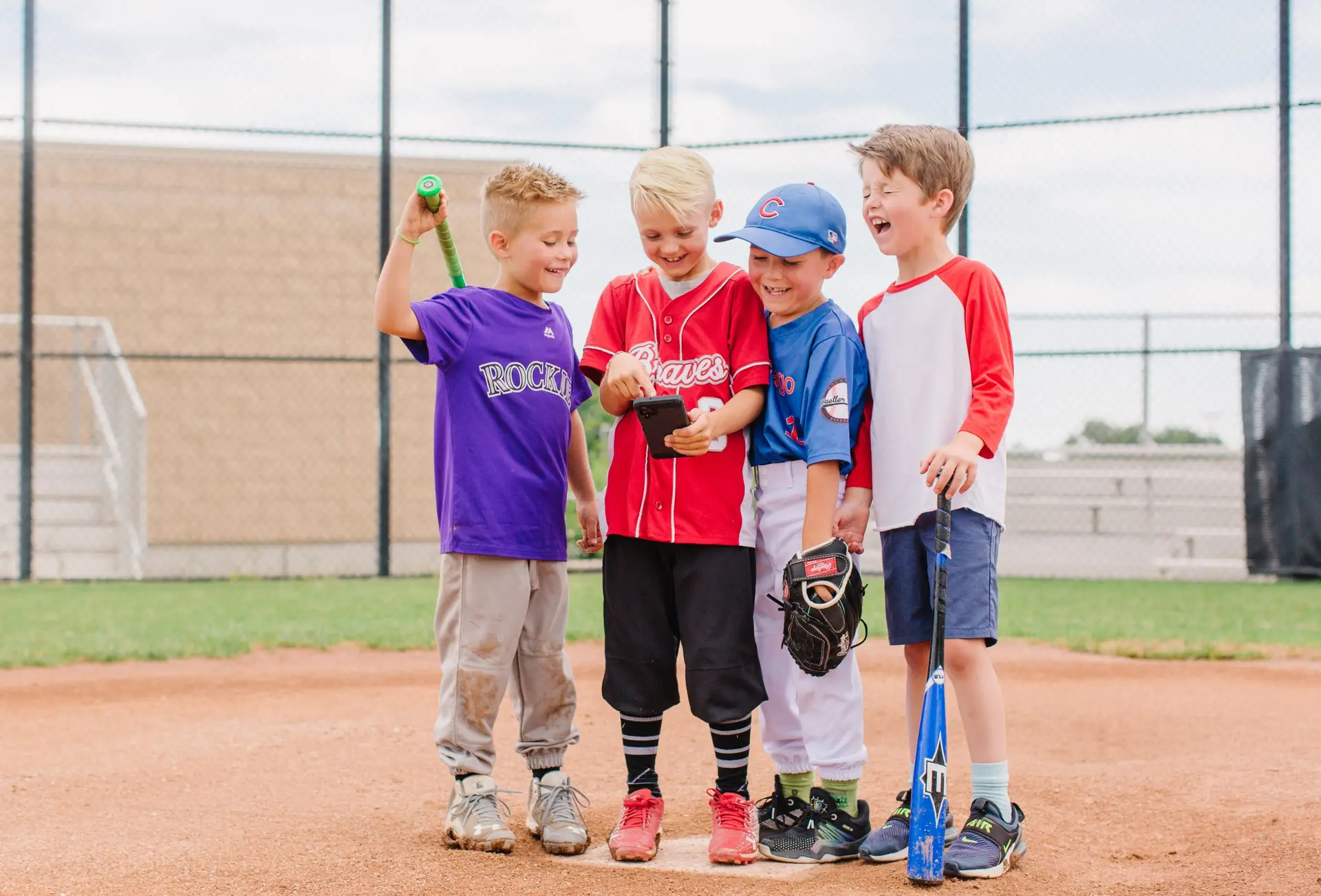Fewer things are better for kids than sports. In addition to how fun they are, there are so many benefits that come from youth sports, including higher academic performance and better mental health. Sports are also a great way for kids to meet new friends, learn how to work as a team, and develop good exercise habits.
While sports are a bundle of fun, they can also be pretty dangerous. Think about it: there’s always the risk of your child tripping while kicking a soccer ball or getting hit by a stray baseball—not to mention tackle football! Even solo sports like swimming have some inherent risks that it’s important to be aware of.
With all these risks, you might be asking “are sports safe for children?” The answer is yes—as long as you follow some general guidelines about sports safety for kids. But before we talk about ways to avoid sports injury for kids, let’s talk about why playing safely is important.
Why is sport safety important?
Injury prevention is the main reason that it’s good to have an understanding of sports safety. Kid’s bodies are still growing, and while this means that a kid’s injuries heal faster than an adult’s, it also means they are more susceptible to being injured in the first place!
It’s also important that our kids know how to have fun and be safe while doing it. Just like helping our kids develop good phone habits, if we help them gain safe sport habits now, it will save so much stress down the road.
So let’s get into it! What are the four safety practices in sports and exercise?
Wear the proper gear
One of the best ways to avoid sports injury for kids is simply by wearing the proper protective gear! This means:
- Helmets for most major sports like baseball, softball, hockey, and football
- Joint pads and a helmet for wheel sports (bikes, skateboard, etc)
- Goggles and a helmet when skiing or snowboarding
- Mouth guard and pads for lacrosse
- Shoes with good support for basketball
- Life jacket when participating in water sports
- And more, depending on the sport!
It’s not enough to just wear the gear though, you should also make sure that it’s the correct size and fits well. If a helmet is too loose or the pads too small, the safety risks actually increase.
If your child is interested in running or winter sports, a phone with working GPS is also an important piece of gear—and Troomi phones are a great option! Our KidSmart™ operating system and Family Locator help you stay in contact with your children, no matter where they’re exercising. Check out our website for more info!
Warmup, stretch, and cooldown
It’s never a good idea to jump right onto the field without a little warm-up. Warming up loosens your muscles and gets your body ready to play. It also increases your core body temperature, improves posture, and all-around decreases the risk of injury.
Once your child has warmed up, encourage them to do some stretching as well. It’s important that stretching takes place after the warm-up, to help with mobility and maintaining energy.
Once your child has played, help them complete a little cooldown. Just like you can’t have heat without cold, a warm-up wouldn’t be complete without a cooldown! The cooldown should focus on the same body parts used during the sport. This will help your child’s heart rate and body return to its resting state without the risk of injury.
Learn the rules
Going into any situation unprepared is dangerous but especially when it comes to sports. Just like stop signs and traffic lights help drivers avoid collisions, rules keep kids safe out on the field.
Before they begin playing, make sure that your child knows the basic rules of the game. Remind them that rules aren’t restrictions, they are important guidelines that help the game run smoothly and safely. In many recreational youth soccer leagues, for example, slide tackling isn’t allowed. While some kids might be bummed about this, help them understand that rules like this keep them safe from potential harm!
Don’t forget to hydrate!
I can’t emphasize this one enough: help your child learn the importance of drinking water! Dehydration and other forms of heat illness are a leading cause of sports injuries for kids. Even mild dehydration can make your athlete feel tired or irritable.
The first way to avoid dehydration is by learning the symptoms. According to the Mayo Clinic, symptoms of dehydration in children include:
- Thirst (didn’t see that one coming!)
- Infrequent urination
- Dark yellow urine
- Fatigue
- Dizziness
- Confusion
Dehydration can be easily avoided by simply drinking water! Make sure your kids hydrate at least thirty minutes before physical activity. Send them to practice and games with a bottle of water or two! Encourage them to take a sip whenever they feel thirsty—ideally every fifteen to twenty minutes.
Get out there and have fun!
Now that you’re an expert on sports safety, there’s nothing stopping you and your children from getting some much-needed physical exercise. So get out there and have fun playing sports with your kids!
And keep an eye on the Troomi blog for more parenting tips and tricks in the future.


